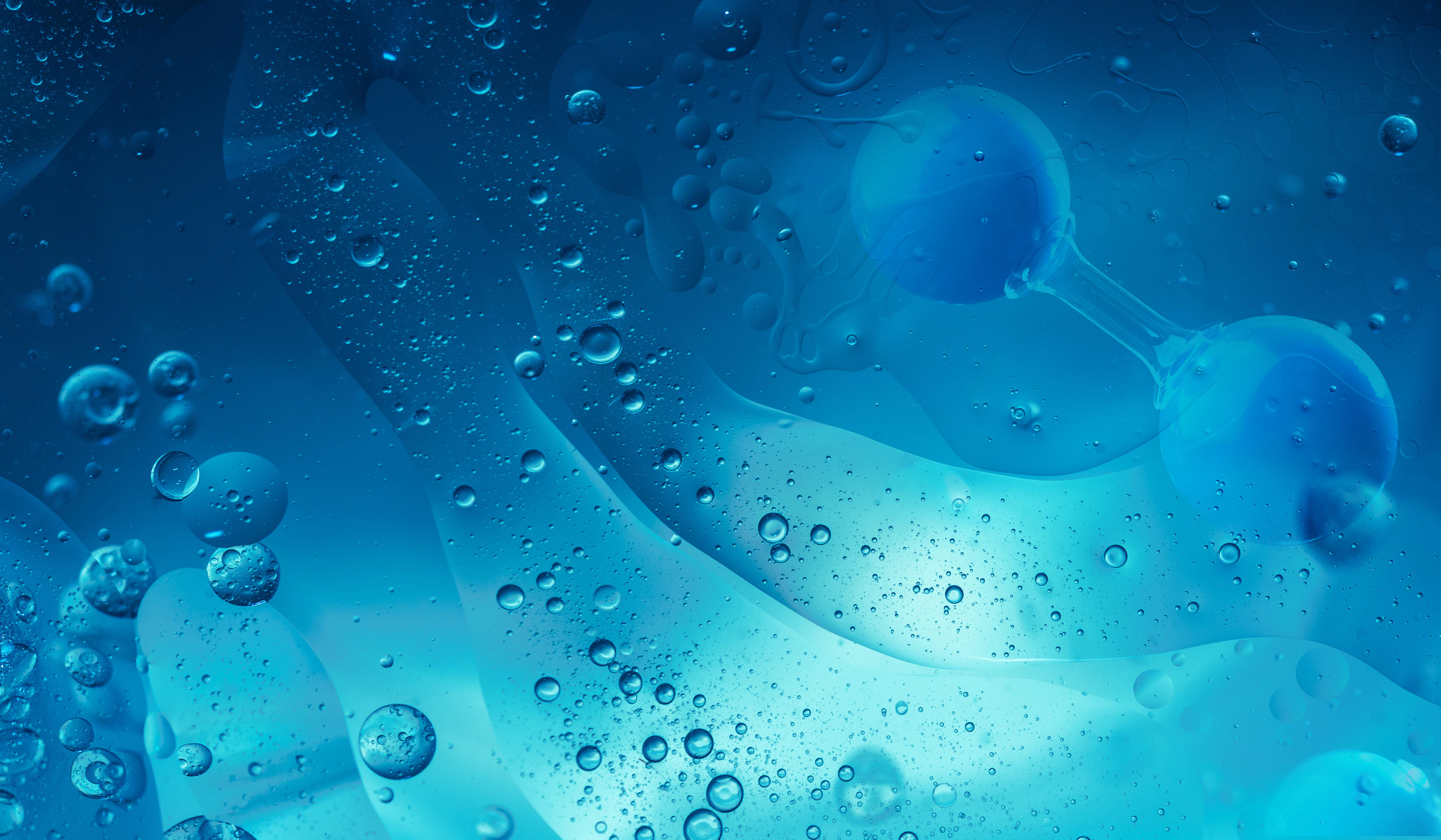DIN 86290
Facilities and chemical and microbiological procedures used on water vehicles and maritime constructions for drinking water protection, taking corrosion and water quality into consideration
Anlagen und Verfahren für chemischen und mikrobiologischen Trinkwasserschutz auf Wasserfahrzeugen und Seebauwerken unter Berücksichtigung von Korrosion und Wasserqualität
Overview
"Facilities and chemical and microbiological procedures used on water vehicles and maritime constructions for drinking water protection, taking corrosion and water quality into consideration." This standard applies to chemical and microbiological drinking water protection on water vehicles and maritime constructions, taking corrosion and minimum requirements for water quality into consideration. Generally, drinking water facilities and the drinking water manufactured, stored and distributed by these facilities onboard ships and maritime constructions shall meet hygienic minimum standards. In this document, the design of drinking water pipeline facilities, drinking water production facilities and their components are described individually, as well as the associated hygienic requirements, the materials to be employed and the minimum requirements on corrosion behaviour are specified. The drinking water onboard ships is produced by facilities according to the principle of reverse osmosis (RO facilities) and evaporator facilities. National laws and regulations apply here; these are, for instance, the Trinkwasserverordnung (German Drinking Water Regulation) (TrinkwV) as well as the Regulation regarding the accommodation of crew members onboard merchant ships (Wohnr.-VO) and the Directives of the Arbeitskreis der Küstenländer (Working group for the coastal countries) (AkKü). Furthermore, requirements for corrosion behaviour in conjunction with material properties are specified, because the probability of corrosion is dependent on the chemical composition and, with different metals, more or less on their alloy components. In the informative annexes, information on drinking water demand, drinking water analysis, processing materials, corrosion-forming metallic materials and examples for drinking water production facilities are described.


